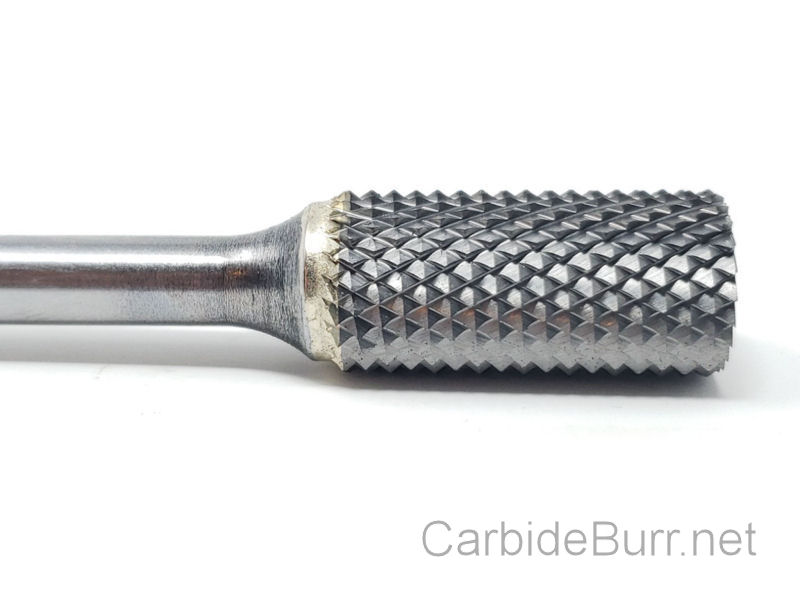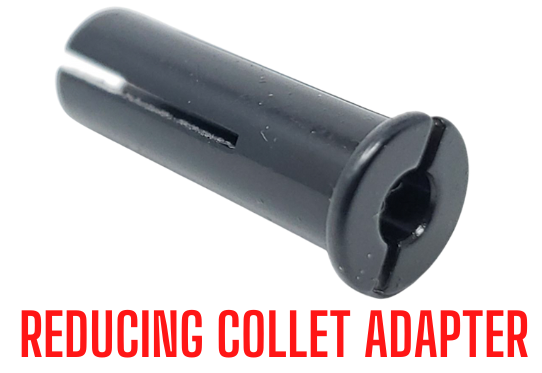Toolmaking Tool and Die Maker
Tool and die makers are a class of machinists in the manufacturing industries who make jigs, fixtures, dies, molds, machine tools, cutting tools, gauges, and other tools used in manufacturing processes. Depending on which area of concentration a particular person works in, he or she may be called by variations on the name, including tool maker (toolmaker), die maker (diemaker), mold maker (moldmaker), tool fitter (toolfitter), etc.
Tool and die makers work primarily in toolroom environments—sometimes literally in one room but more often in an environment with flexible, semipermeable boundaries from production work. They are skilled artisans (craftspeople) who typically learn their trade through a combination of academic coursework and hands-on instruction, with a substantial period of on-the-job training that is functionally an apprenticeship (although usually not nominally today). Art and science (specifically, applied science) are thoroughly intermixed in their work, as they also are in engineering. Manufacturing engineers and tool and die makers often work in close consultation as part of a manufacturing engineering team. There is often turnover between the careers, as one person may end up working in both at different times of their life, depending on the turns of their particular educational and career path. (In fact, there was no codified difference between them during the 19th century; it was only after World War II that engineering became a regulated profession exclusively defined by a university or college engineering degree.) Both careers require some level of talent in both artistic/artisanal/creative areas and math-and-science areas. Job-shop machinists can be any combination of toolmaker and production machinist. Some work only as machine operators, whereas others switch fluidly between toolroom tasks and production tasks.
Job description
Traditionally, working from engineering drawings developed by engineers and technologists, tool makers lay out (mark out) the design on the raw material (usually metal), then cut it to size and shape using manually controlled machine tools (such as lathes, milling machines, grinding machines, and jig grinders), power tools (such as die grinders and rotary tools), and hand tools (such as files and honing stones).
Since the advent of computing in the manufacturing fields (including CNC, CAD, CAM, and other computer-aided technologies), tool and die makers have increasingly added IT skills to their daily work. Today’s tool and die makers are generally required to have all of the traditional skills plus substantial digital skills; these formidable requirements make the field challenging to master.
Tool making
Tool making typically means making tooling used to produce products. Common tooling includes metal forming rolls, cutting tools (such as tool bits and milling cutters), fixtures, or even whole machine tools used to manufacture, hold, or test products during their fabrication. Due to the unique nature of a tool maker’s work, it is often necessary to fabricate custom tools or modify standard tools.
Die making
Die making is a subgenre of tool making that focuses on making and maintaining dies. This often includes making punches, dies, steel rule dies, and die sets. Precision is key in die making; punches and dies must maintain proper clearance to produce parts accurately, and it is often necessary to have die sets machined with tolerances of less than one thousandth of an inch.
Training
Although the details of training programs vary, many tool and die makers begin an apprenticeship with an employer, possibly including a mix of classroom training and hands-on experience. Some prior qualifications in basic mathematics, science, engineering science or design and technology can be valuable. Many tool and die makers attend a 4- to 5-year apprenticeship program to achieve the status of a journeyman tool and die maker. Today’s employment relationships often differ in name and detail from the traditional arrangement of an apprenticeship, and the terms “apprentice” and “journeyman” are not always used, but the idea of a period of years of on-the-job training leading to mastery of the field still applies.
In the United States, tool and die makers who graduate from NTMA (National Tooling and Machining Association) have gone through 4 years of college courses as well as 10,000 working hours in order to complete their apprenticeship. They are also accredited through the U.S. Department of Labor.
Uses for Carbide Burrs
Use carbide burrs in air tools such as die grinders, pneumatic rotary tools and high speed engravers. Micro Motors, Pendant Drills, Flexible Shafts, and hobby rotary tools such as a Dremel.
Carbide burrs are widely used for metalworking, tool making, engineering, model engineering, wood carving, jewelry making, welding, chamferring, casting, deburring, grinding, cylinder head porting and sculpting. Carbide burrs are used in the aerospace, automotive, dentistry, stone and metalsmith industries.
What cut should you choose?
Single cut (one flute) carbide burrs have a right handed (up cut) spiral flute. Single cut is used with stainless steel, hardened steel, copper, cast iron and ferrous metals and will remove material quickly with a smooth finish. Use for heavy stock removal, milling, deburring and cleaning.
Heavy removal of material
Milling
Deburring
Cleaning
Creates long chips
Use double cut carbide burrs on ferrous and non ferrous metals, aluminium, soft steel and also for all non-metal materials such as stone, plastics, hard wood and ceramic. This cut has more cutting edges and will remove material faster. Double cut also called Diamond Cut or Cross Cut (2 flutes cut across each other) and will leave a smoother finish than single cut due to producing smaller chips as they cut away the material. Use double cut for medium-light stock removal, deburring, finishing and cleaning. Double cut carbide burrs are most popular and work for most applications.
Medium- light removal of material
Deburring
Fine finishing
Cleaning
Smooth finish
Creates small chips
What RPM speed should you use?
The speed at which you use your carbide burr in your rotary tool will depend on the material you’re using it on and the contour being produced but it’s safe to say you do not need more than 35,000 RPM. If the burs are chipping easily this could be due to the speed being too slow. It’s ideal to start the bur off slow, increasing the speed as you go along. High speeds will prevent clogging in the flutes of your carbide burs.
As with all drill bits and burrs, let the burr do the work and apply only a little pressure, otherwise the cutting edges of the flutes will chip away or become smooth too quickly, reducing the life of your burr.
Our carbide burrs we manufacture are machine ground from a specially chosen grade of carbide. Due to the extreme hardness of the tungsten carbide, they can be used on much more demanding jobs than HSS (High Speed Steel). Carbide Burrs also perform better at higher temperatures than HSS, so you can run them hotter, and for longer. HSS burrs will start to soften at higher temperatures, so carbide is always a better choice for long term performance.
SA-1/2 DIAMOND Cut Carbide Burr
The most abrasive carbide tool we make!
Need a longer reach for your carbide tool bits?
Try our 4″ and 9″ long tool extensions on sale today!
Did you know you can use your 1/8″ Dremel tool bits in your 1/4″ die grinder?
Just use our reducing collet adapter. On sale today!
Click here if you are interested in dropshipping our USA made carbide burr tools.
Follow Us On Social Media for Special Coupons
Facebook – Twitter – Instagram – Youtube
Carbide Burrs on 1/4″ Shanks – Solid Carbide Burrs – 1/4″ Carbide Burrs on 1/8″ Shanks – Long Shank Carbide Burrs – NF Carbide Burrs – Carbide Burr Sets – End Mills – Accessories
Order Tracking – Dropship Carbide Burr Tools – Contact Us – Cut Options – Coupon Codes – Posts




